Cute review: an 'unsettling' yet 'highly seductive' exhibition
The concept of cuteness is explored in full force at this Somerset House show
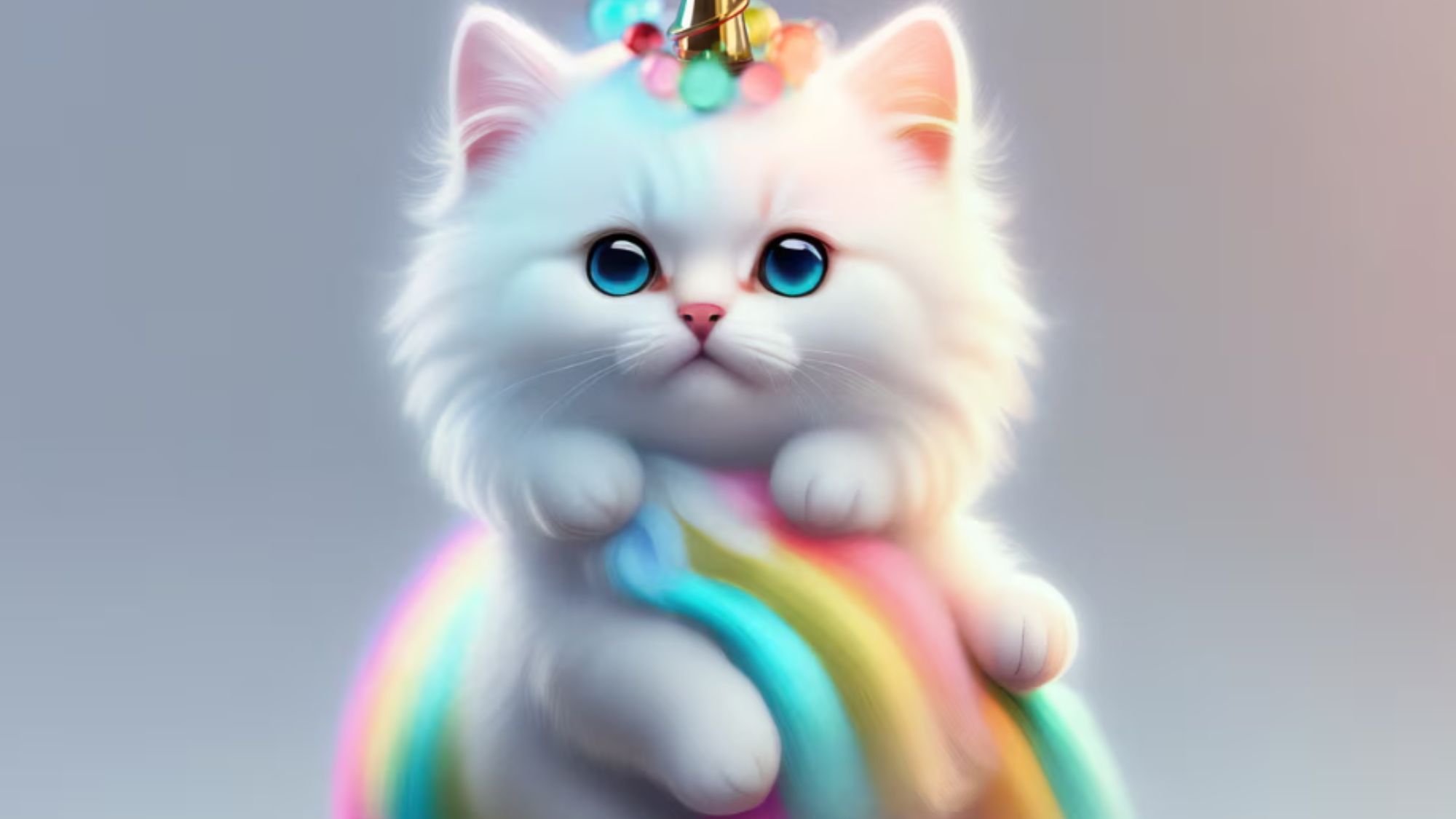
Cuteness is everywhere, these days, said Rhik Samadder in The Observer. Emojis, kittens, bunnies and fluffy soft toys have taken over. In its broadest sense, biologists believe, cuteness is "an evolutionary adaptation, developed by babies so we don't abandon them". But it is also a cultural phenomenon, and in the decades since the ascendancy of the internet, it has become a cult.
Cat pictures – cited by Tim Berners-Lee as the most surprising and unforeseen use of his creation – and other saccharine animal memes have become the lingua franca of the World Wide Web; this kind of infantilisation has profoundly influenced "the way we talk online", and increasingly in real life, too.
An ambitious new exhibition at Somerset House is a bold attempt to analyse cuteness's role in our society. Bringing together everything from toys to video games to contemporary art, it seeks to examine cuteness, to explain why we so readily fall for it, and how it became both a marketing tool and a "subversive" reaction to consumer culture.
The Week
Escape your echo chamber. Get the facts behind the news, plus analysis from multiple perspectives.

Sign up for The Week's Free Newsletters
From our morning news briefing to a weekly Good News Newsletter, get the best of The Week delivered directly to your inbox.
From our morning news briefing to a weekly Good News Newsletter, get the best of The Week delivered directly to your inbox.
The earliest exhibits here date from the 19th century, said Hettie Judah in The i Paper – when the illustrator Louis Wain and the photographer Harry Pointer each created anthropomorphic images of cats posing in "winsome attitudes". But the style we might most readily associate with "cuteness" has its origins in early 20th century Japan, known as kawaii ("loveable").
The exhibition features a plethora of products associated with the aesthetic, which has long "been used to promote consumer goods". Perhaps the most famous example of this "marketing phenomenon" is the character Hello Kitty, whose trademark owners are sponsors of the show and of whom likenesses recur throughout: there is a sort of "Hello Kitty temple" at Somerset House, but scant discussion of the brand's "sheer weirdness".
Herein lies the problem with this event: on the one hand, it aspires to address how cuteness is often sinister and manipulative; on the other, it aims "to appeal to cuteaholics who want to spend whole afternoons lounging on pink cushions and drinking bubble tea". Ultimately, it ends up "not entirely satisfying" either impulse.
I disagree, said Oliver Wainwright in The Guardian. This show is an "uncanny and unsettling, but also highly seductive" experience. We see all manner of twisted exhibits, from the AI-designed portraits of "cute/creepy kitten monsters", to a "cuddly OxyContin-shaped plushie" conceived as a marketing tool for the notorious opioid, to a Nazi propaganda photo of Hitler feeding baby deer. At the exhibition's heart lies a warning: that innocent imagery can hide the most toxic of messages. It adds up to "a thoughtful exploration of the cult and culture of cuteness". Its "saccharine embrace" will "both entrance and repulse you".
A free daily email with the biggest news stories of the day – and the best features from TheWeek.com
Somerset House, London WC2 (0333-320 2836, somersethouse.org.uk). Until 14 April
Sign up to The Week's Arts & Life newsletter for reviews and recommendations
-
 Received a gift card this holiday season? Here’s how to maximize it.
Received a gift card this holiday season? Here’s how to maximize it.The Explainer Make the most of your present
-
 ‘Lumpy skin’ protests intensify across France as farmers fight cull
‘Lumpy skin’ protests intensify across France as farmers fight cullIN THE SPOTLIGHT A bovine outbreak coupled with ongoing governmental frustrations is causing major problems for French civil society
-
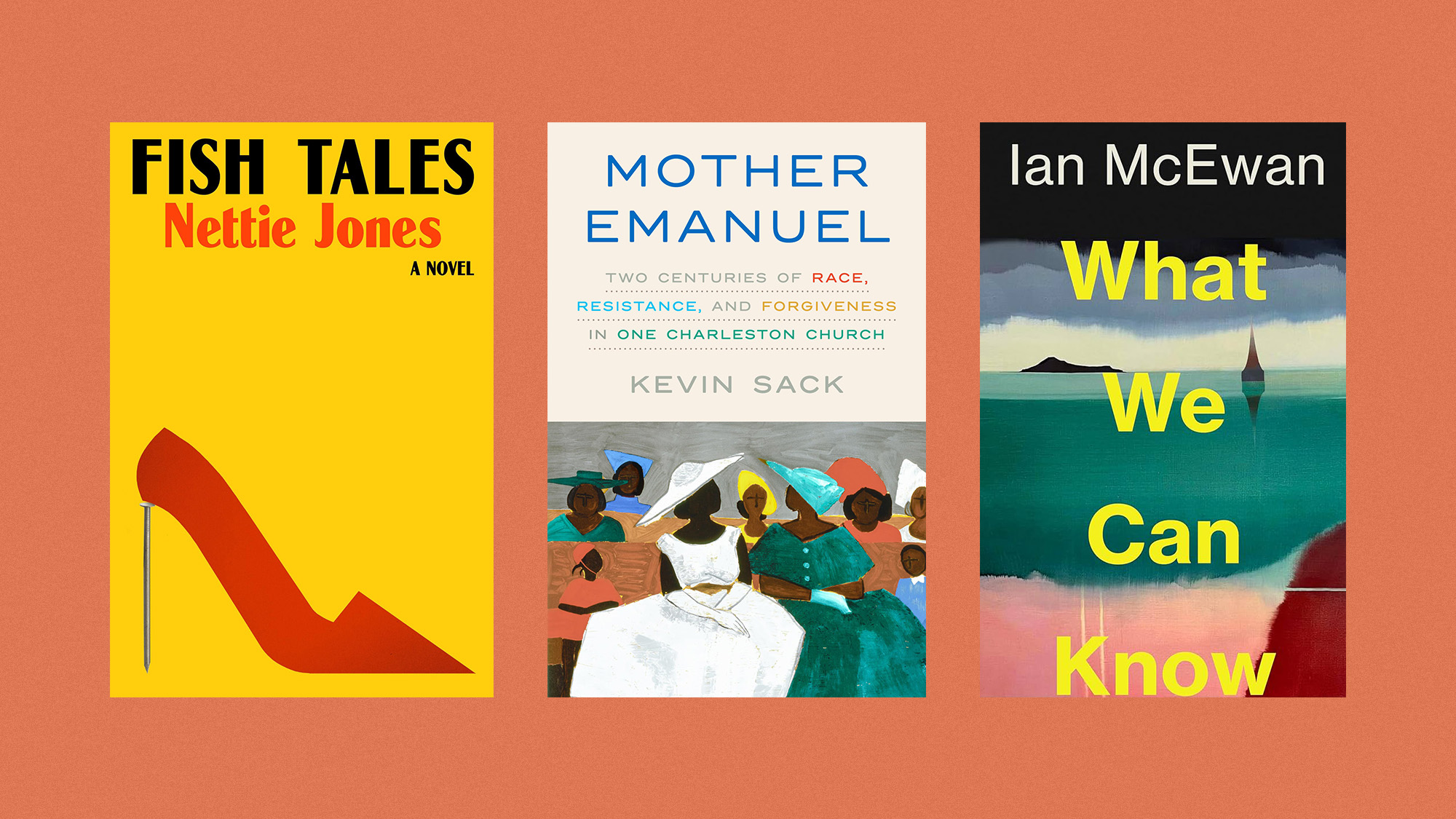 The best books of 2025
The best books of 2025The Week Recommends A deep dive into the site of a mass shooting, a new release from the author of ‘Atonement’ and more
-
 The best books of 2025
The best books of 2025The Week Recommends A deep dive into the site of a mass shooting, a new release from the author of ‘Atonement’ and more
-
 Appetites now: 2025 in food trends
Appetites now: 2025 in food trendsFeature From dining alone to matcha mania to milk’s comeback
-
 The best music of 2025
The best music of 2025The Week Recommends These were some of the finest releases of the past year
-
 Man vs Baby: Rowan Atkinson stars in an accidental adoption comedy
Man vs Baby: Rowan Atkinson stars in an accidental adoption comedyTalking Point Sequel to Man vs Bee is ‘nauseatingly schmaltzy’
-
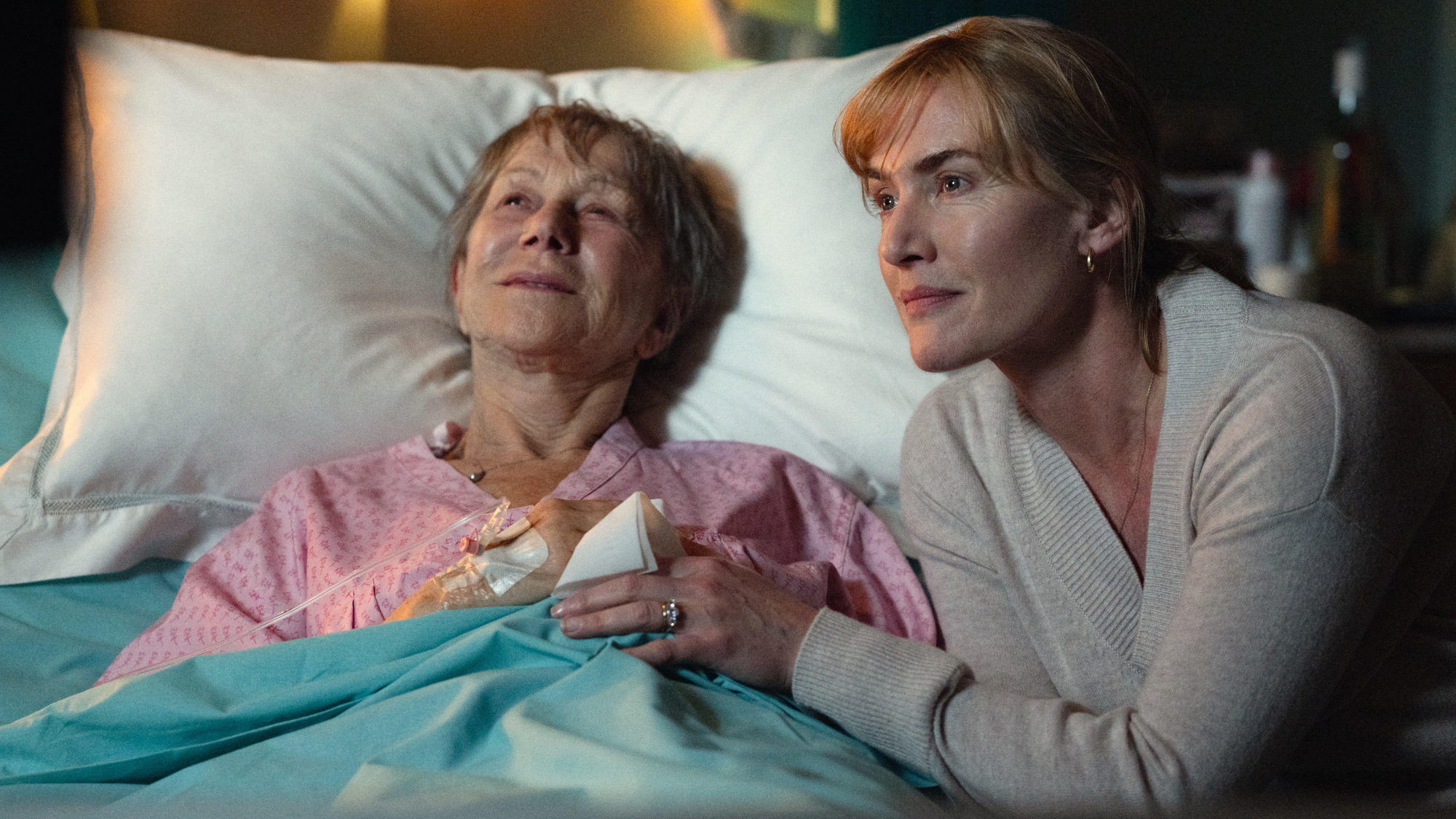 Goodbye June: Kate Winslet’s directorial debut divides critics
Goodbye June: Kate Winslet’s directorial debut divides criticsTalking Point Helen Mirren stars as the terminally ill English matriarch in this sentimental festive heartwarmer
-
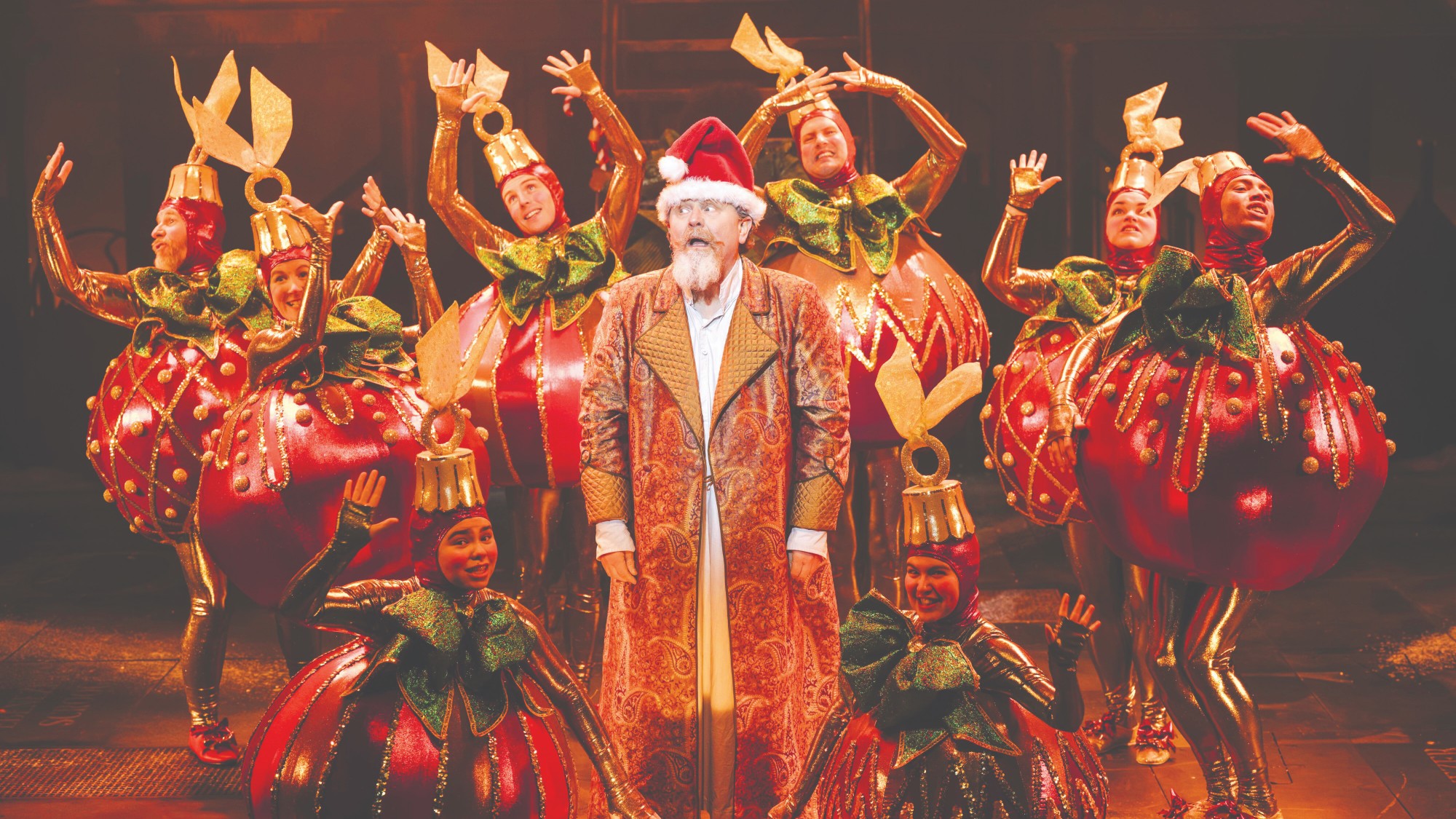 A Christmas Carol (or two)
A Christmas Carol (or two)The Week Recommends These are the most delightful retellings of the Dickens classic from around the country
-
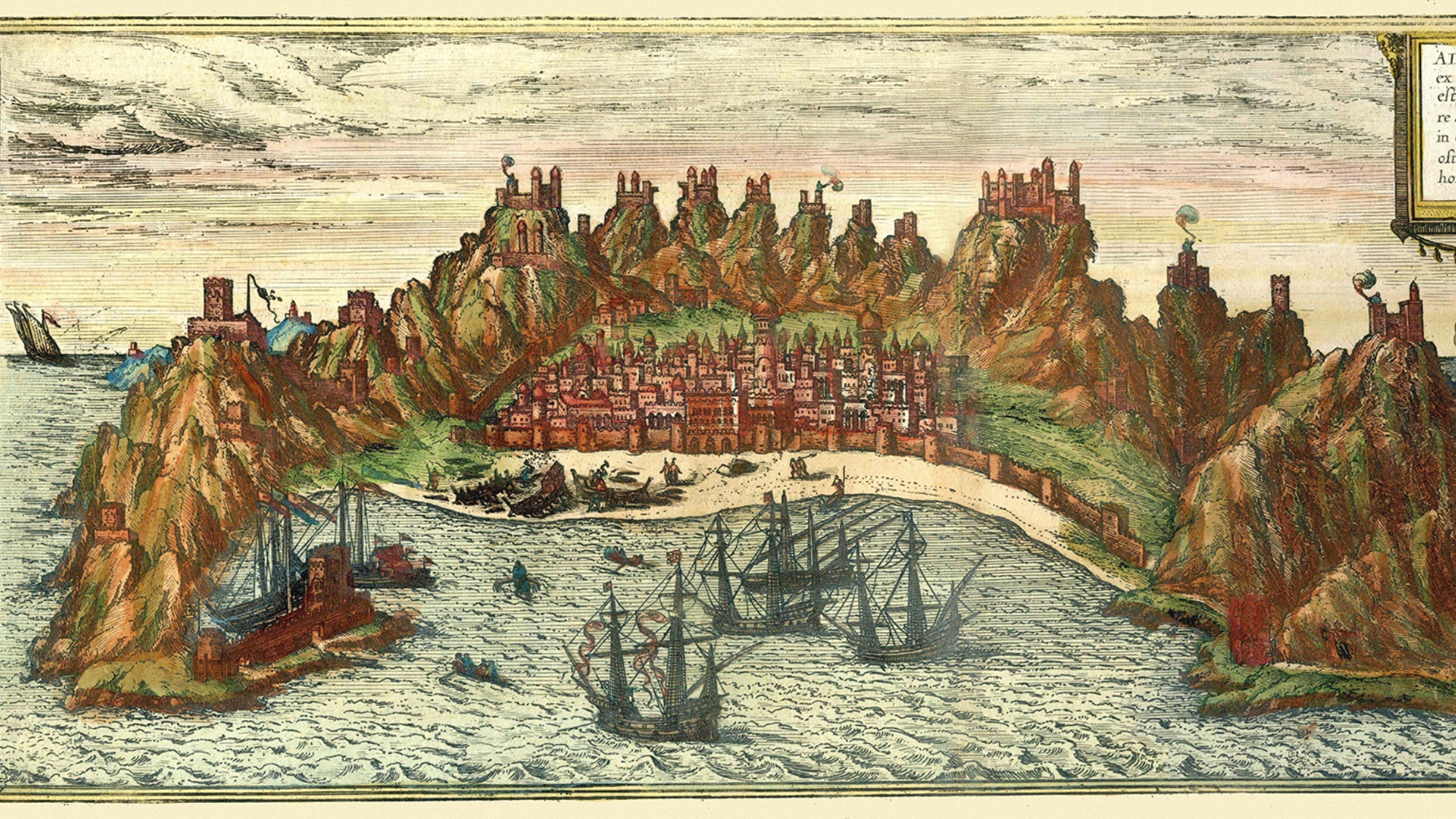 ‘Capitalism: A Global History’ by Sven Beckert and ‘American Canto’ by Olivia Nuzzi
‘Capitalism: A Global History’ by Sven Beckert and ‘American Canto’ by Olivia NuzziFeature A consummate history of capitalism and a memoir from the journalist who fell in love with RFK Jr.
-
 Frank Gehry: the architect who made buildings flow like water
Frank Gehry: the architect who made buildings flow like waterFeature The revered building master died at the age of 96